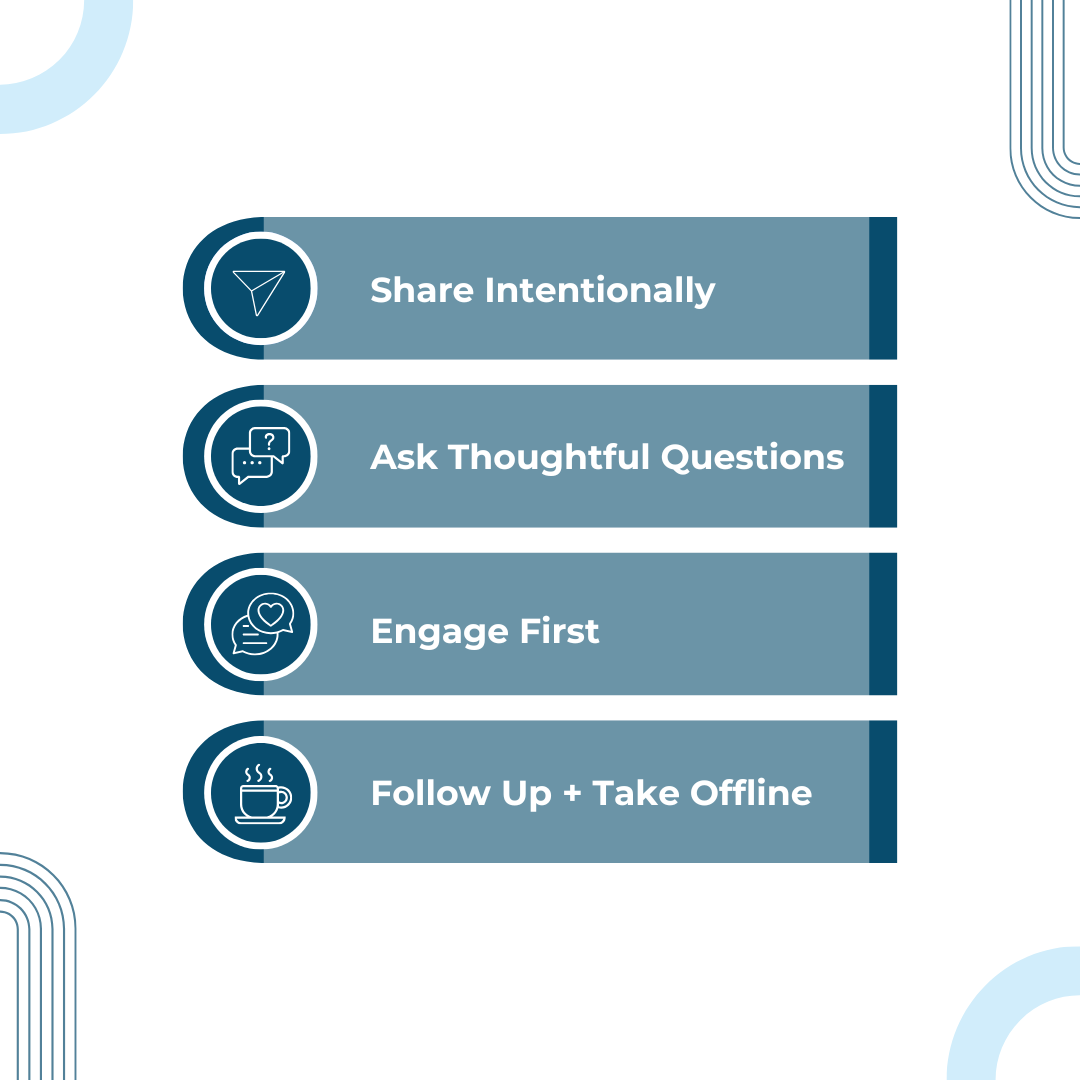
Mentoring relationships can be life-changing. They enrich both mentor and mentee. The mentee learns, grows, has an accountability partner and the mentor has the chance to speak into, share knowledge, expertise and wisdom. The right mentor/mentee relationship can be pivotal.
Everyone benefits.
A large swath of our clients are 50+ and find that technology, and the speed with which it’s changing our personal and professional worlds, daunting. The organizations that were slow to adapt over the last five to ten years are now finding themselves woefully behind in process, automation and efficiency. Worse? Organizations and their employees stopped adapting and learning.
Those that did weave technology into their organizations still find themselves frustrated as they underestimated the demands that continual digital change brings. How does an organization stay current? How do the people whose expertise, knowledge and contacts stay current and vital to the organization?
It’s a mindset. It’s an understanding that change and revolution is just the basis of how we now work. Notice I used the word revolution not evolution. Evolution is too slow and when someone in a company tells me they are an evolution-organization, I actually want to run. Rather than run though, I tell them to let me know when they have a breakthrough. Organizations who have a revolution mindset have a vision and are always looking for a differentiator.
How do you change a mindset? A culture? Try something different. Try two-way mentoring.
Pairing up young professionals or savvy twentysomethings with experienced professionals is a great place to start.
Twentysomethings live online. It’s not really technology to them. It’s an extension of who they are and they typically understand its language and structure regardless of the operating system, platform, software or app.They know the buttons to push and they are not fearful. They also understand the value and need for data. Most are data geeks in some way, even if it’s keeping track of how many people are following or liking their Instagram pics.
On the other hand, they have little business experience or context. They have few professional connections and really don’t understand how to market or sell complex solutions or manage people.
Let’s consider placing senior professionals and emerging/young professionals together. Not as assistant and manager but as peers working together to transfer knowledge and insight. It’s two-way mentoring and is respectful of all who participate.
The Wall Street Journal’s article Pairing Up With a Younger Mentor explains how reverse mentoring breaks down the tech barriers that older managers face. Their examples illustrate senior managers who embrace the opinions and know-how of the twentysomethings in their organizations.
Taking Sue Shellenbarger’s article in The Journal one step further, Dr. Pamela Rutledge‘s explains why Reverse Mentoring Won’t Work but collaborative mentoring will. Reverse mentoring is probably easier to understand and it’s a great first step but the organizations will benefit more from a collaborative mentoring plan rather a linear, one-way approach. Dr. Rutledge calls out the difference between reverse and collaborative mentoring; it’s not only worth calling out, it’s worth making sure you identify and safeguard against a one-way plan as you roll this out in your organization.
Consider two-way mentoring for your company.
Here is a framework to consider as you weave two-way mentoring into your organization. By the way, if your executive team doesn’t really get it and you do, build your own collaborative mentoring relationship.
- Determine the people who will benefit the most from a collaborative relationship.
- Look for fit between people
- Have individuals buy-in
- The experienced professional should be:
- open-minded
- coachable
- intentional
- The experienced professional should be:
- The young professional should be:
- open-minded
- coachable
- intentional
- PATIENT
- Map out the topics, expectations and outcomes.
- Experienced professionals may want to learn: LinkedIn, social media, productivity tools for experienced professionals.
- Young professionals may want to learn: relationship building, finance, product/service insight.
- Schedule time in the calendar (standing meetings, one quarter at a time).
- Determine if alternating sessions is better or breaking down a 60-minute session into two 30-minute blocks to cover each person’s learning topic.
- Honor the time scheduled.
- Implement the learning.
- Review progress.
- Celebrate the successes.
- Rinse and repeat.
The most difficult steps will be #3 and #4. This is usually where it breaks down. Secure a back up plan for missed sessions, accountability etc.
Tapping into two-way mentoring is one of the most efficient and potentially rewarding types of professional development for all of your employees. This does imply that you are hiring and those you are hiring are savvy and well-versed in technology and social media. If you are not hiring these days, consider an internship program.
As I have added people to our team, I look for young people who have a generous spirit. They are willing to teach and share what they know. As we serve our clients in a more strategic and deeper way, it’s vital that our team of young professionals are also always learning and grappling with business applications in smart ways.
Look for opportunities to engage and unite generational expertise and you will shift internal mindsets and challenge all your employees to amp up their game, strengthen their professional skill set and better serve your organization.
I’d love to hear if you have tried two-way mentoring and what you learned. Don’t forget to share this post with others you think would find it helpful.




